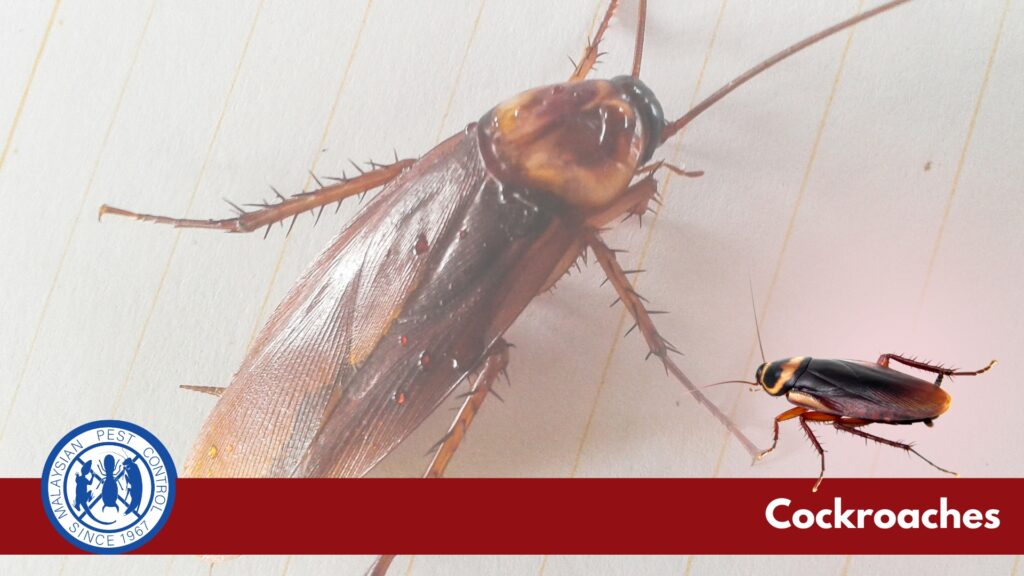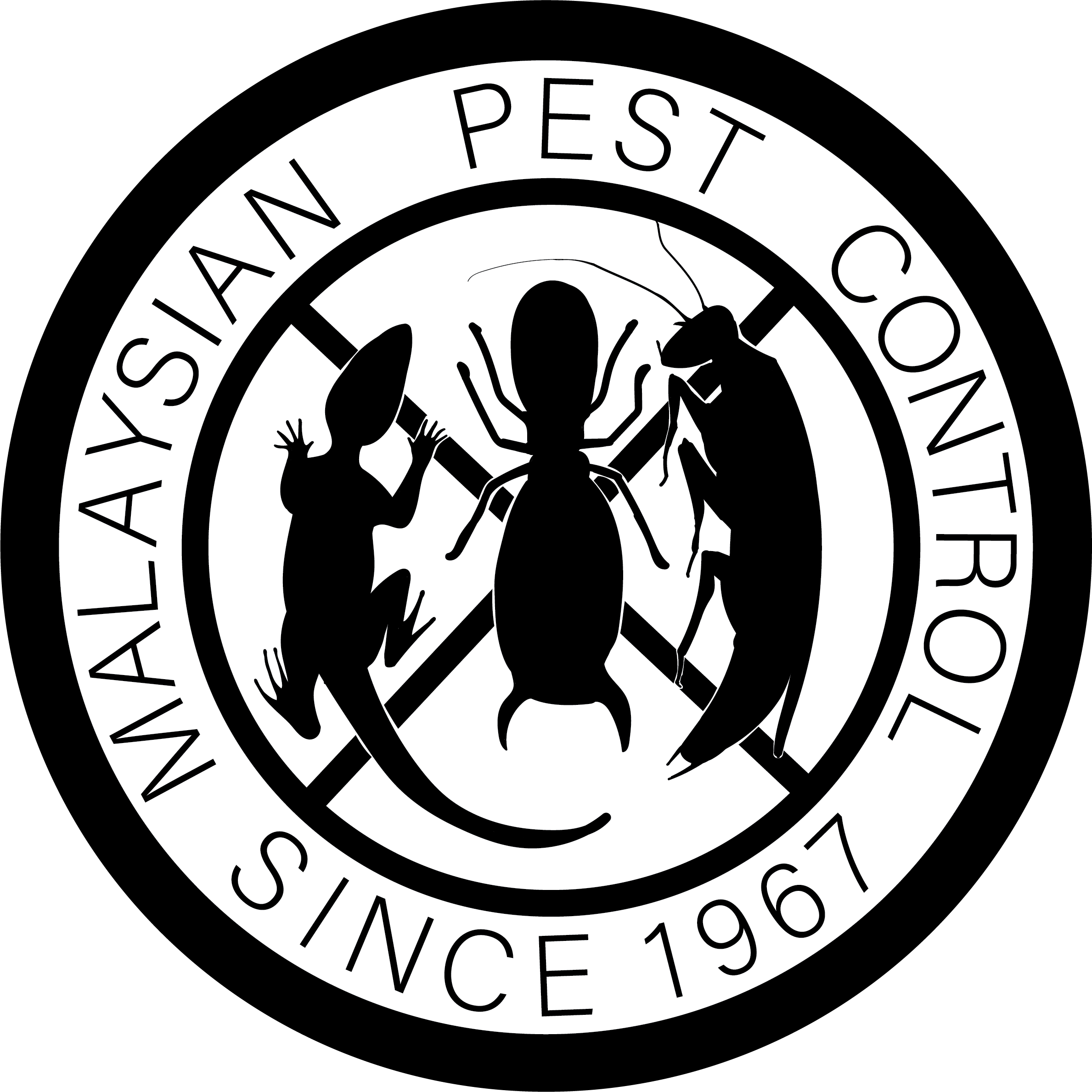About Cockroaches

Introduction to Cockroaches
- Cockroaches are insects of the order Blattodea, which includes about 30 species out of 4,600 that are associated with human habitats. Common urban species include the German cockroach (Blattella germanica), American cockroach (Periplaneta americana), and Oriental cockroach (Blatta orientalis).
- Significance: They are considered pests due to their ability to spread diseases, contaminate food, and cause allergies. Their resilience and rapid breeding make them challenging to control.
Biology and Lifecycle
- Egg Stage
- Cockroaches lay eggs enclosed in a capsule known as an ootheca. The number of eggs per ootheca varies by species; for example, the German cockroach may contain 30-40 eggs.
- Timeframe: The eggs hatch in about 28-30 days for species like the German cockroach, but this can vary among species and with environmental conditions.
- Nymph Stage
- Upon hatching, cockroaches emerge as nymphs. These nymphs are essentially smaller versions of adult cockroaches but lack wings.
- Nymphs undergo several molts as they grow, shedding their exoskeletons.
- Timeframe: The number of molts and the duration of the nymph stage vary significantly among species. For the German cockroach, the nymph stage can last from 6 weeks to 6 months, during which they may molt 6-7 times.
- Adult Stage
- After the final molt, nymphs emerge as winged adults, ready to reproduce. However, not all species of cockroaches develop wings, and not all can fly.
- Lifespan: Adult cockroaches can live up to a year, depending on the species and environmental conditions. They are capable of producing several generations per year.
Behaviour and Habitat
- Behaviour: Cockroaches are nocturnal and prefer to hide in dark, warm, and moist areas during the day. They are scavengers and will eat almost anything, including food waste, paper, and glue.
- Habitat: They are commonly found in kitchens, bathrooms, and basements but can inhabit any area where they can find food, water, and shelter.
- Adaptations: Their flattened bodies allow them to enter homes through tiny cracks and crevices, making them excellent at hiding and difficult to eradicate.
Health and Economic Impact
- Diseases: Cockroaches can carry pathogens on their bodies and in their feces, potentially spreading diseases such as salmonella, staphylococcus, and E. coli.
- Allergies: Their droppings, skin sheddings, and saliva can trigger allergies and asthma, especially in children. Read about Asthma & Cockroaches HERE
- Economic Impact: Controlling infestations in homes and businesses can be costly, and damage to food and property adds to the economic burden.



